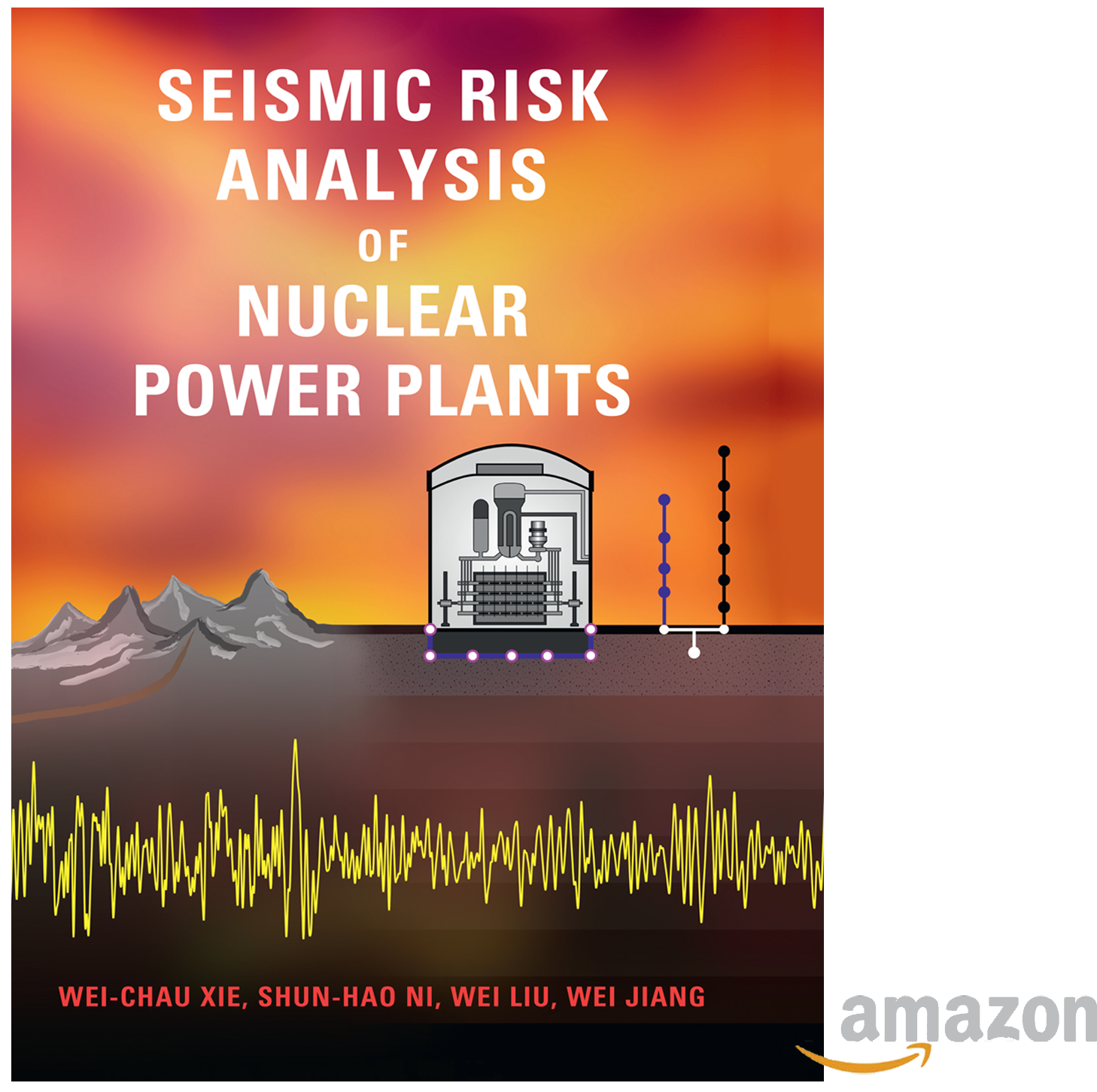|
|
Seismic Risk Analysis of Nuclear Power Plants
2019, Cambridge University Press
ISBN 978-1-107-04046-5 |
 |
Seismic Risk Analysis of Nuclear Power Plants addresses the
needs of graduate students in engineering, practicing
engineers in industry, and regulators in government
agencies, presenting the entire process of seismic risk
analysis in a clear, logical, and concise manner. It offers
a systematic and comprehensive introduction to seismic risk
analysis of critical engineering structures focusing on
nuclear power plants, with a balance between theory and
applications, and includes the latest advances in research.
It is suitable as a graduate-level textbook, for self-study,
or as a reference book. Various aspects of seismic risk
analysis, from seismic hazard, demand, and fragility
analyses to seismic risk quantification, are discussed, with
detailed step-by-step analysis of specific engineering
examples. The book presents a wide range of topics essential
for understanding and performing seismic risk analysis,
including engineering seismology, probability theory and
random processes, digital signal processing, structural
dynamics, random vibration, and
engineering risk and
reliability.
 Excerpts from the book
Excerpts from the book
|
|
|
|
|









